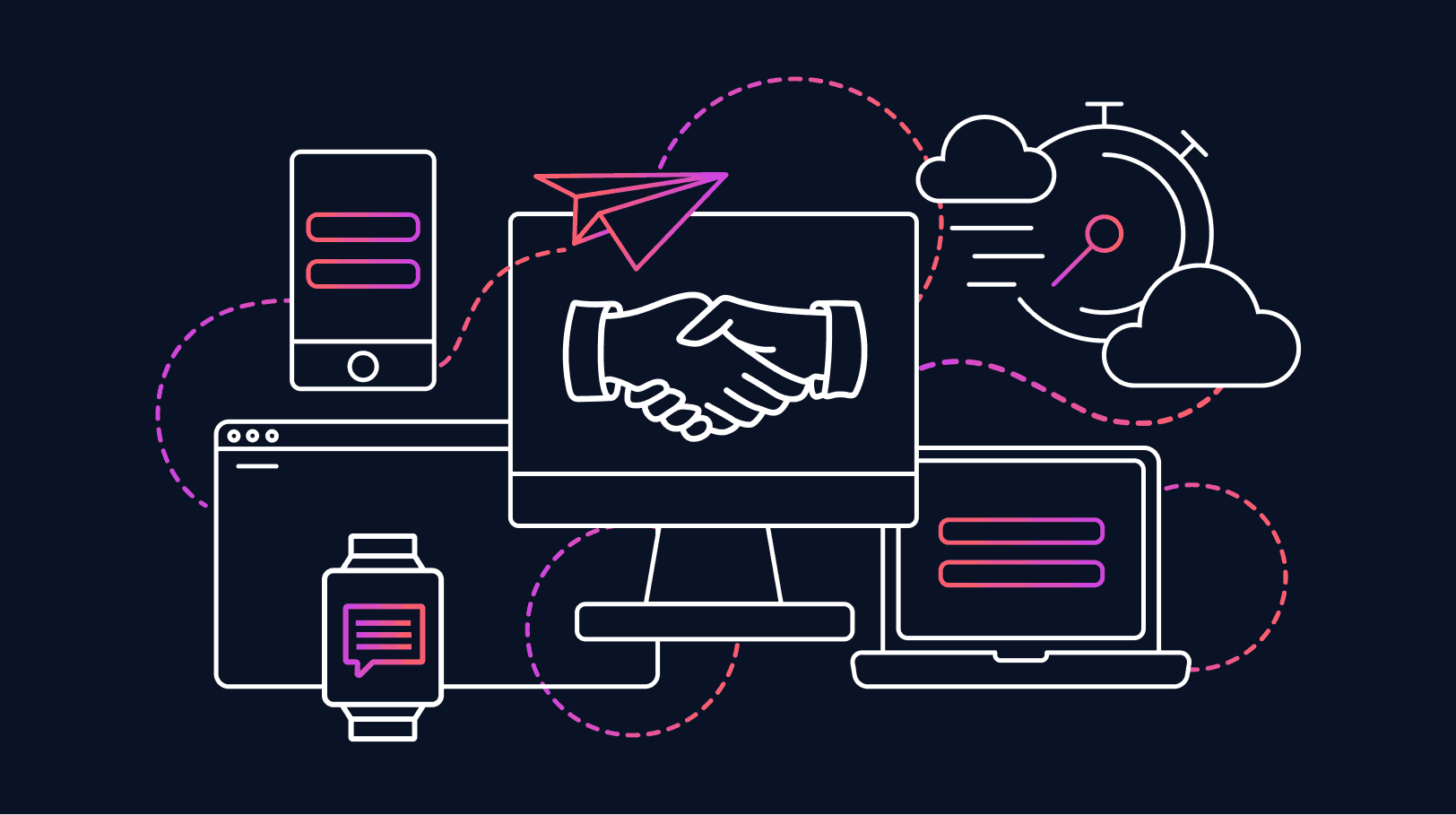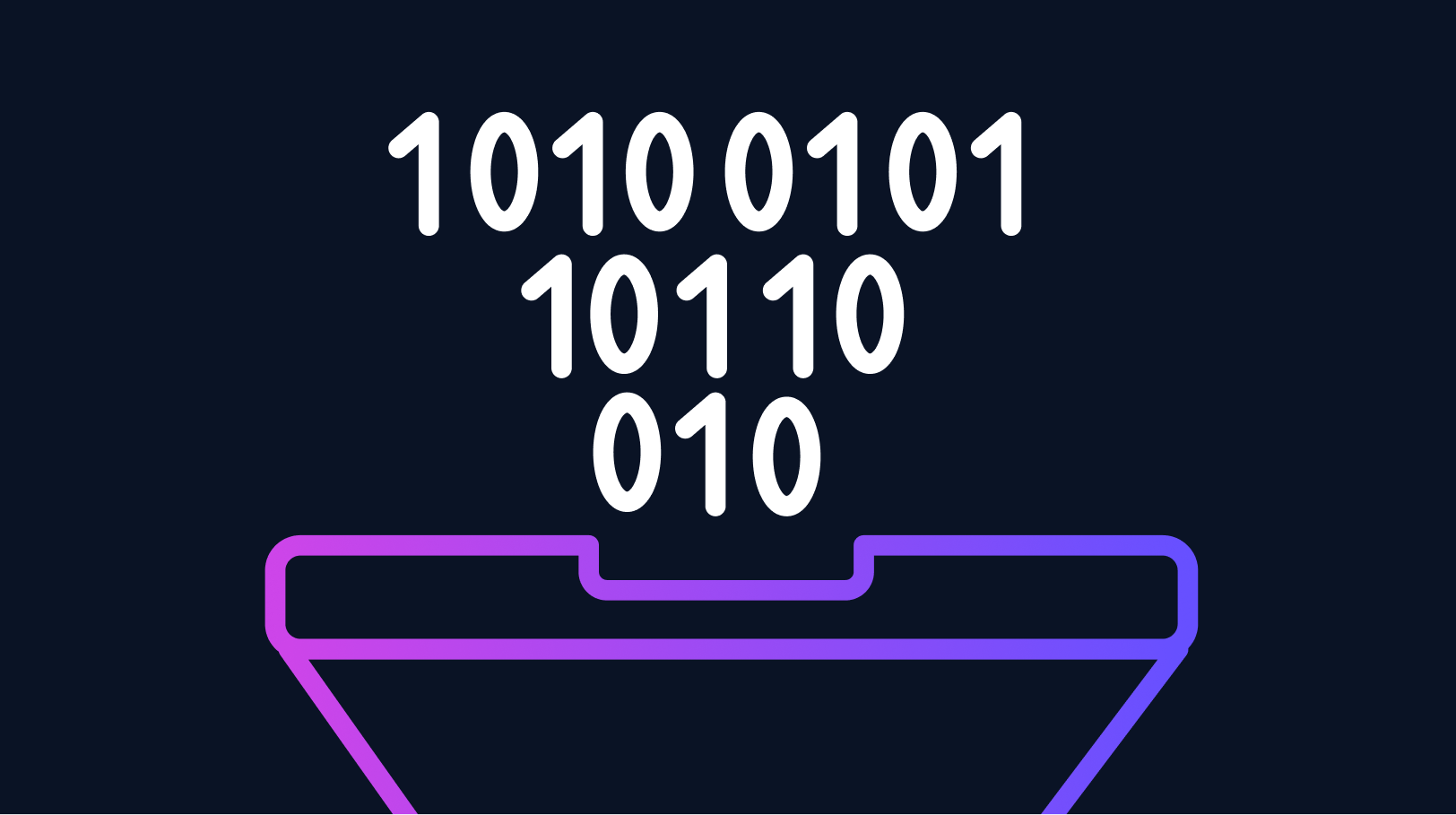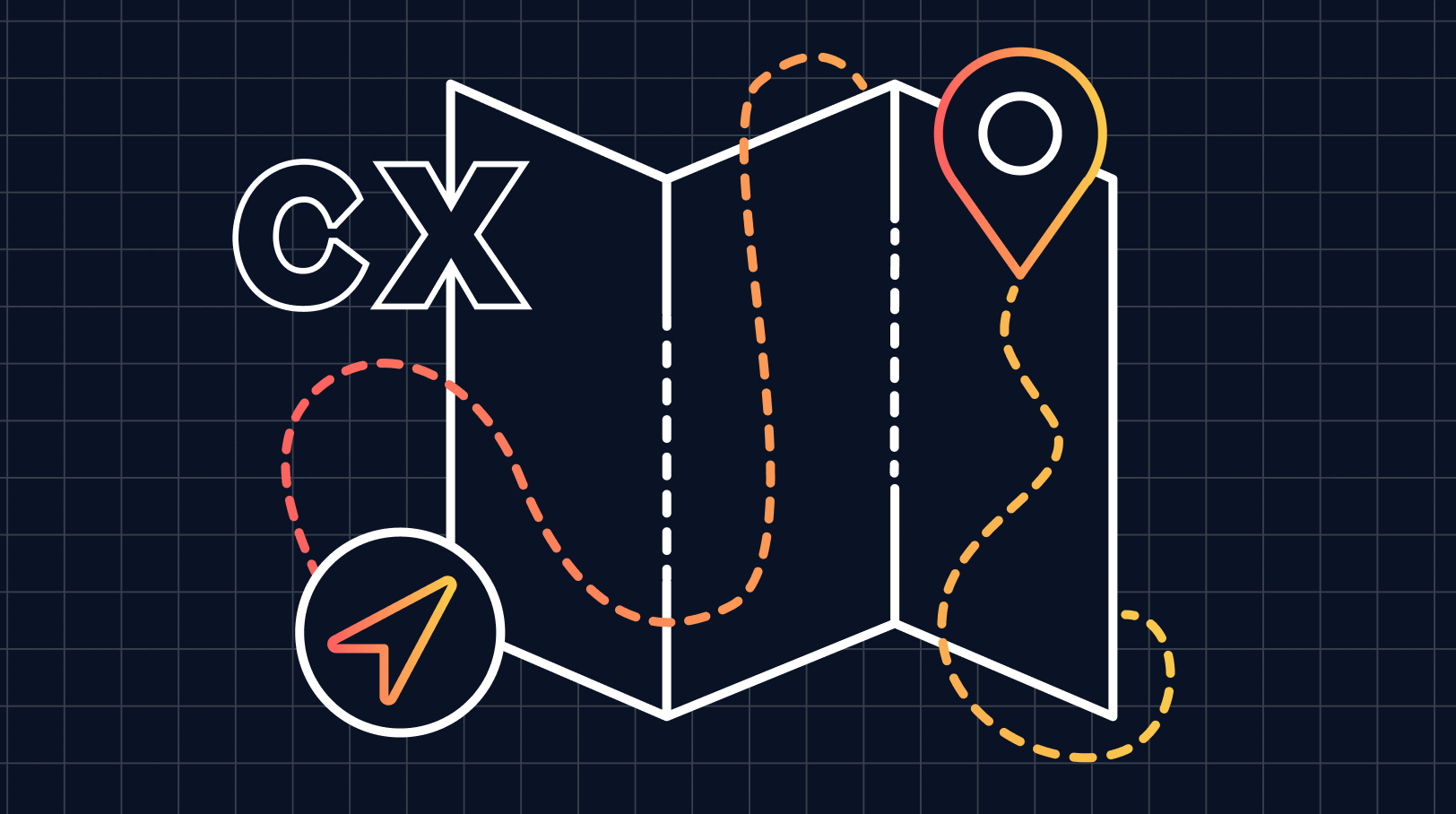

Deliver Standout Digital Customer Experiences with Low-Code
Enrich the digital customer journey by streamlining application development.
Get started with Mendix
Disparate processes inspire lackluster experiences
Your customers expect connected, consistent experiences across all modalities — from native mobile applications, to web portals, to conversational applications, and beyond. And digitalization makes it possible to deliver the best experiences possible, no matter where your customers are.
But enterprises with complex traditional development practices and limited resources face fundamental obstacles that impact quality and speed of delivery throughout the application development lifecycle.
-
Multiple complex technologies
Development is exponentially complex when some experiences are built with traditional programming and others live in off-the-shelf technologies.
-
Disconnected solutions
Siloed applications, portals, and other solutions overcomplicate development and integration, resulting in disjointed customer experiences.
-
Glacial time to market
Juggling many technologies and processes impedes the ability to quickly deliver new experiences or adapt to evolving customer and business needs.
Take control of the customer experience with low-code development
Low-code is a software development approach used to build, deploy, and manage high-impact, customer-focused applications that provide consistent experiences across all channels and devices.
Create customer portals and interfaces, IoT-connected applications, responsive web experiences, native mobile applications, or the next great customer solution of the future.
Low-code platforms feature development tools that empower both technical and non-technical teams to collaborate in the rapid development of multiexperience applications that enhance every customer experience.

-
Unified tech stack
In a single low-code platform, you’ll have the resources you need to build and deploy applications that integrate with your existing core systems.
-
Swift development
Low-code development is collaborative and more accessible to more teams, which can reduce application development time by up to 90%.
-
Customer-centricity
Business users add customer value by working independently and alongside developers to build customer-focused applications quickly.
Digitalize with the Mendix low-code platform
Mendix features the tools enterprises need to deliver consistent, future-proof customer touchpoints across web, mobile, wearable, conversational, and immersive experiences.
-
Deliver applications fast
Automation, AI assistance bots, collaboration tools, and other out-of-the-box features accelerate the application development lifecycle.
-
Build anything
Custom iOS and Android applications, web-based portals, IoT-enabled smart applications, and beyond. Mendix makes it easy to build the applications your customers demand.
-
Deploy in one click
By default, Mendix applications are containerized and portable with one-click deployment to public, private, and hybrid clouds.
-
Stay agile and consistent
Mendix’s cross-platform Atlas UI design system includes pre-built templates, widgets, and other tools, giving teams the agility to build consistent experiences fast.
-
Scale with the cloud
Develop with reusable components and logic to scale however your customers need. Mendix applications are cloud-native and scalable out of the box.
-
Monitor and evaluate
Mendix applications include built-in monitoring tools for long-term application health and metrics for evaluating application performance.
Customer success stories
Related resources

Customer-Facing Apps: Examples, Benefits & Development Challenges
Discover the benefits of customer-facing apps, the unique development challenges, and examples of successful use cases.

Why Building the Best Customer Experience Means the Right Multi-experience
Building exceptional customer experiences starts with choosing a multiexperience development platform that fits your business.

Hyper-Personalization vs. Personalization
Your customers want to be seen and heard, which is why you have to up your personalization game. Read why hyper-personalization is the next step in customer experience.

[Video] How to Build a Customer-Centric Product Roadmap: Tips from a CTO
Becoming a customer-first business starts with a product roadmap. Here's how to build a customer-centric product roadmap, with tips in a video from our CTO.

Research Shows How Employee Experience Impacts Customer Experience
Learn why modernizing your internal applications increases employee satisfaction and reduces customer churn.

Better Customer Engagement: The Power of Timing and Feedback
For better customer engagement, provide users with a way to give feedback exactly when they’re looking to give it.
Frequently Asked Questions
-
What are digital customer experiences?
Digital customer experiences include all digital avenues — websites, mobile applications, self-service portals, etc. — a customer or prospect uses to engage with a brand. Internal back-office processes contribute to digital customer experiences as well.
-
How does digitalization improve customer experiences?
Digitalization helps brands provide the tailored experiences that modern-day consumers expect, which increases customer loyalty and engagement.
Seventy-three percent of consumers say a good experience is key to influencing their brand loyalties. And thanks to laptops, smartphones, voice assistants, and a plethora of other devices, almost all customer experiences start digitally. Through digitalization, businesses can compete and succeed by creating purpose-built mobile applications, portals, interfaces, and other customer-facing tools.
Related reading: Customer-facing Applications: Examples, Benefits & Development Challenges
-
What kinds of customer experiences can I build with Mendix for web and mobile?
Mendix enables organizations to quickly bring custom applications to wherever your customer is. With our low-code approach, we provide a single technology stack which our customers use to serve their markets in the form of portals, mobile applications, and wearables. Having one single tech stack means you can have one developer do more of a variety of experiences, instead of needing experts for all fields.
-
What kinds of customer experiences can I build with Mendix beyond web and mobile?
Mendix brings abstraction and automation to all parts of application development. With Mendix you can build applications across a range of multi-experience use cases: AR, VR, ChatBots, Voice Assistants, Wearables, IoT.
-
How can I get my development team up to speed on Mendix?
With Mendix, you can have your development team trained and building value-creating applications in no time. We have a library of training content available at Mendix Academy. We also have a proven start-structure-scale methodology to help you guide Mendix into your organization. Or kick-start your development with an expert team of one of our renowned partners.
-
Can Mendix mobile applications be deployed to application stores?
Yes, you can build native mobile applications for both the Apple and Android application stores.
-
Can Mendix work offline for when customers have a spotty cell/wifi connection?
Yes, with Mendix, both our native mobile applications and browser-based progressive web applications can work offline and sync data once connection has been restored.
-
Considering there will be both professional and citizen developers building applications with Mendix, how do you ensure design consistency across applications?
We enable a low-code approach to application design and experience. Using our Atlas Framework, you can kick-start development with a rich library of components such as pages, widgets, and snippets. Everything is fully customizable in your own company’s design system, enabling you to manage consistency over a multitude of applications.
-
What mobile frameworks does Mendix use?
Mendix leverages React-based frameworks to enable customers to deliver responsive web, PWA, and native mobile applications for iOS and Android.
-
Am I able to reuse logic between web, PWA, and native mobile applications?
Yes. With Mendix, your use case can utilize all three interfaces from a single project. If you need multiple UIs for your use case, you can reuse your domain model, application data, off-line syncing routines, server-side logic and client-side logic. You don’t have to start over from scratch.
-
I need help with the applications my employees use when interacting with customers. Can Mendix help?
Improving the employee experience of your internal applications is just as important as improving the applications you provide to your customers. With Mendix, you can deliver applications that streamline inefficient processes and aggregate disparate information, enabling your employees to better engage with customers.
-
What is an example of digital customer experience?
Digital customer experiences are all about getting the right data to the right person at the right moment. You can delight your users by using the latest technologies and becoming a customer-centric organization. This could be by creating an easy-to-use customer portal, an application that works with IoT turnstiles, or a market-defining mobile banking application.
